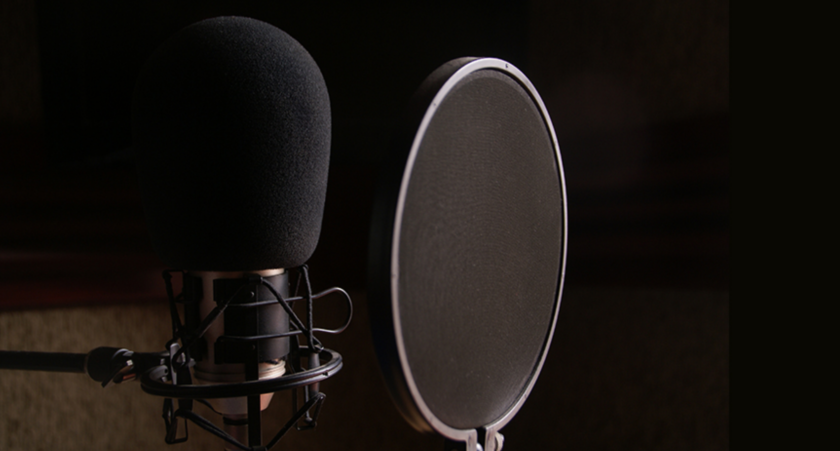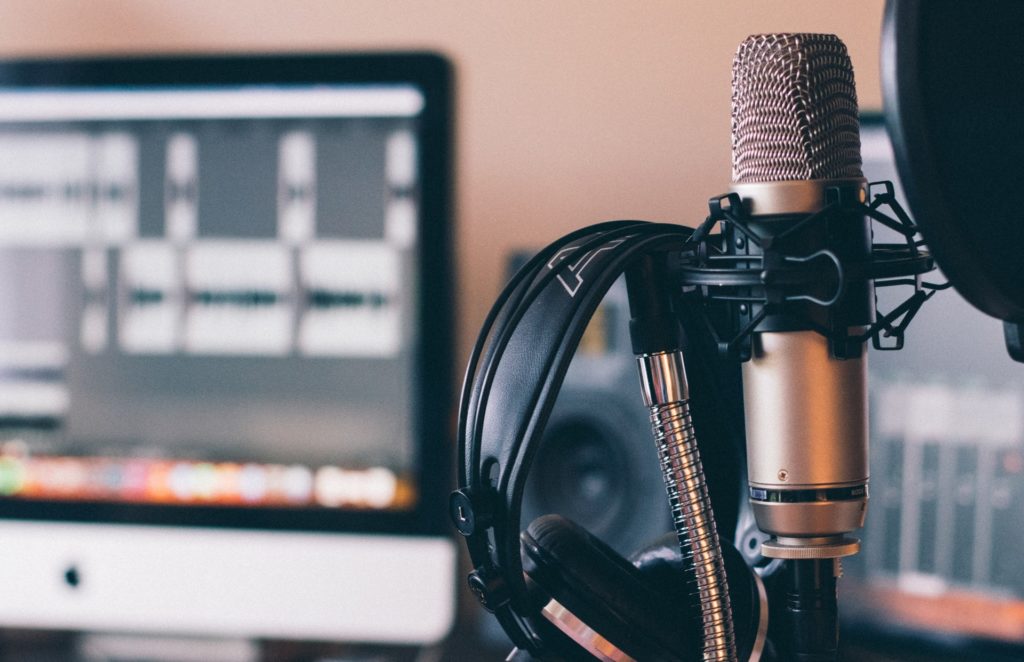Exclusives

M&E Journal: How COVID-19 Has Impacted the Dubbing Business
Story Highlights
With thousands of pre-COIVD-19 produced programming already in the can around the world, the inability to resume new production with pandemic-related lockdowns, pretty much worldwide, led distribution companies, networks and studios to seek other avenues for their content.
One obvious source was acquiring content from various global markets, opening up new opportunities to content producers around the world, to successfully market to every corner of the globe. Americans who have been immersed in domestic content for their entire lives were instead turning to film and TV from Germany, Turkey, Spain and other territories as Hollywood inventories became depleted.
It’s no secret that every feature film release date during the pandemic has been affected. And there’s mostly been little in the way of new productions. Releases of completed productions have been delayed, while others have seen early release dates on premium VOD platforms.
Theatres have shut down, reopened in some locations, and then shut down again.
 DUBBING’S BENEFIT
DUBBING’S BENEFIT
So, where does all of this leave dubbing companies? The answer: in business. There have been new and abundant opportunities for dubbing companies to share in new and expanded sources for business.
Busy, backlogged, with a heavy demand to translate, adapt and dub already-released content into multiple languages during the pandemic (at a most intense speed) has become the norm.
Interestingly, the scenario is the same everywhere. Older and already-released programmes are resurfacing. Some are being edited to satisfy new audiences. New trailers and promos for this work are in demand, cut and created from existing footage, and we’re seeing requests to localise already released- and-broadcast programs in multiple languages.
The demands from Netflix, Hulu, Amazon and the like have increased, as viewership for these platforms has done the same.
Broadway shut down. In-person concerts still can’t happen. Zoom productions or performances in front of empty seats — all with less than stellar connectivity or production value — has become the best available in these challenging times.
It’s been slim pickings for entertainment.
So, with the need for localisation of product continuing to grow domestically and globally, The Kitchen, as well as other localisation studios worldwide, are running at near capacity, and often with overflow work, to meet new demands for old video content.
With locations in a dozen countries worldwide, each with different laws, rules and COVID-19 regulations, The Kitchen has developed remote-dubbing capabilities at most of its studios, with extremely strict sanitation procedures as part of the “new normal” throughout.
THE GOOD AND THE BAD
Have we been negatively affected at all as a global provider of language services? Yes, of course we have. I can’t think of a business that hasn’t been affected in some way. The good news is that we’ve learned how to adapt our internal workflow to the new normal.
 No previous occurrence in my lifetime has provided guidance to deal with a global pandemic. Never before has there been no end game … no completion date.
No previous occurrence in my lifetime has provided guidance to deal with a global pandemic. Never before has there been no end game … no completion date.
There’s still no end in sight at the time of this writing.
With approved, remote-recording capabilities, we’ve actually increased our talent pool extensively. We are able to take advantage of native-speaking talent across the globe. This is a definite plus, not only for dubbing studios, but for the talent as well. We’re keeping jobs alive, which can’t be said for many parts of the local production and entertainment communities.
Our goal has always been the same: to deliver quality dubbing and subtitling product, on time; to keep our staff, freelancers and talent working; to maintain safe in-studio procedures for all. The pandemic has certainly tested us as an industry, and although we are all still learning, I do believe The Kitchen — and the localisation industry at large — has more than exceeded these new demands.
* By Ken Lorber, President, CEO, The Kitchen International
——————————————————
Click here to translate this article
Click here to download the complete .PDF version of this article
Click here to download the entire Winter 2020/2021 M&E Journal









